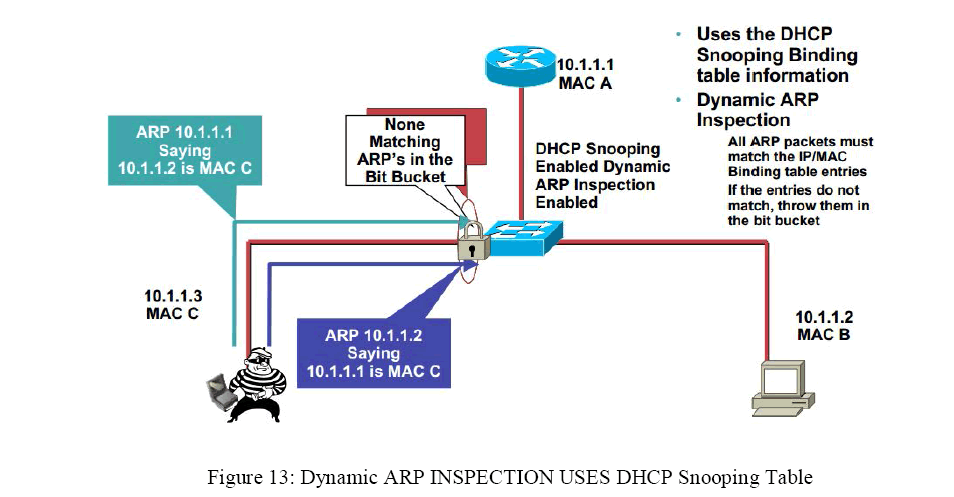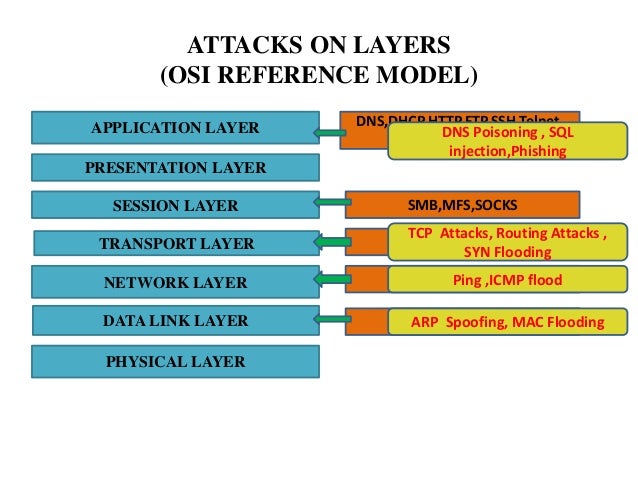

- ARP POISONING DETECTION OPENSOURCE UPDATE
- ARP POISONING DETECTION OPENSOURCE MAC
This means, you manually tell your system not only the IP address of the gateway, but also the corresponding MAC address. But there are some countermeasures that you can take: That’s true! In a “normal” network, ARP poisoning would be very easy to perform. OK, but in the title you wrote that we can detect such attacks?

Only then will the victim get again true information about the gateway’s real MAC address.
ARP POISONING DETECTION OPENSOURCE UPDATE
At some point – usually after 15-60 seconds, the victim’s OS will automatically flag entries in the MAC table as stale and update them by sending out an ARP request. If we did not do this, the attacked system would continue sending to us even after the attack. What this means is that it will send some more ARP packets, but this time with the correct MAC address of the gateway. As you can see, Metasploit says that it is RE-ARPing the victims. This is where I drew the purple box on the left in Metasploit. Then I pressed Ctrl-C in Metasploit to stop the attack. If the traffic is unencrypted, we can read along. In the part in Wireshark where I drew a red box, you can see that the ARP packets state: 192.100.200.1 (the gateway IP) is at *MAC address of our own system*Īt this point, the target system will have updated it’s ARP table with that fake information and start to send all packets to us instead of the gateway. Let’s have another look at the screenshot above. When you now have a look at Wireshark, you will see a steady stream of ARP packets that are telling the target system that the gateway’s MAC address is the *MAC address of our own system*. To finally run the attack, just execute: exploit This will list all parameters as you provided them to the ARP module. For a last check prior to the attack, type: show options mixed up DHOSTS and SHOSTS, you can just repeat the command and Metasploit will overwrite the information. Set LOCALSIP *IP address of our own system's relevant interface* To populate the necessary information in Metasploit, type: set DHOSTS *IP address of the attacked system* What Metasploit will then do is just send out a continuous stream that tells the target system that the MAC address of the gateway is “XYZ”, where XYZ is actually the MAC address of our own system.
IP address of the target system that we want to attack. Metasploit will do all the dirty work for us, we just have to provide three details to make the attack work: In a terminal on your Kali Linux, type: sudo msfconsole Starting up the ARP module in Metasploit is really straightforward. In this example I ran Metasploit in my test environment to perform an ARP poisoning attack against another lab system. Let’s have a look at the screenshot below: OK, you might have known all this already.īut: Did you know that you can easily detect ARP spoofing using Wireshark? From that point on, all traffic that was destined for the gateway will be sent to the attacker, because the attacked system thinks that the known gateway IP address resolves to the MAC address of the attacker.įaking ARP packets by sending a wrong combination of IP address and MAC address is called ARP spoofing, the process of messing up the attacked system’s ARP table where it stores that information for a few seconds is then called ARP poisoning. The system that receives this information will happily take it for granted, even if it did not ask for the information in the first place. This means, anybody in the network can just come and say: “Hello, I’m the gateway, my MAC address is so and so”. Moreover, gratuitous ARP packets are allowed. The problem from a security point of view is that ARP is not encrypted. However, to know the MAC address of that gateway, it will send out an ARP request, asking for the MAC of the gateway IP. Your system will know the IP address of that router, because it is saved as gateway address in your system’s network configuration. When your system starts sending the packet, the first MAC address will be the one of your router / switch. While the destination IP of your packet – 1.2.3.4 – remains the same ( OSI layer 3), the MAC address that indicates each upcoming hop is changing with each hop ( OSI layer 2). If your system wants to reach a server on the internet that has the IP address 1.2.3.4, the packets will not go through the wire directly to that one server, but they will have to jump over your router and most likely several intermediaries until they reach the target. ARP – the address resolution protocol – is responsible for translating IP addresses into MAC addresses.






 0 kommentar(er)
0 kommentar(er)
